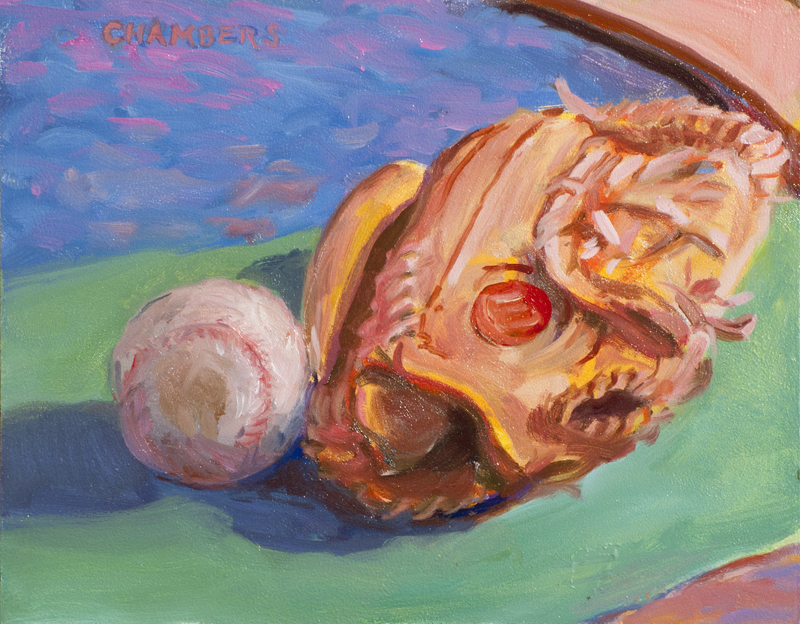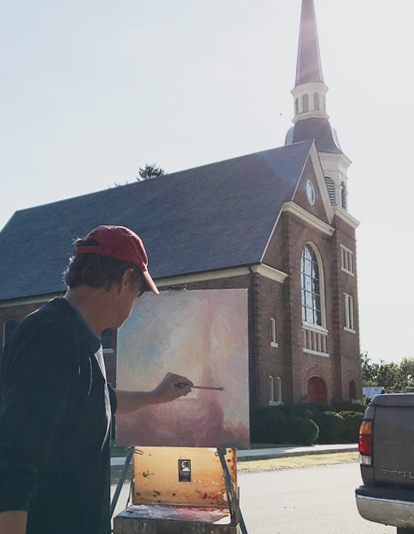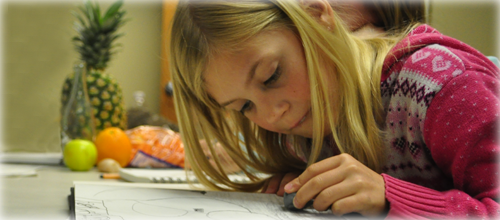The Value of Art Education – Benefits of Serious Art Education
Nurturing creativity in children
How Art Education can develop the “soft skills” essential for a successful future
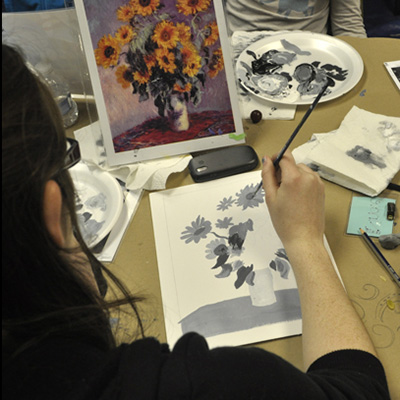
I receive many inquiries from parents regarding the value of art education for their children, and this has motivated me to both analyze my own artistic pursuit and also research the nuts-and-bolts behind the practice of art. I have been nothing less than fascinated by what I’ve found, and have come away humbled and awed at the fact that I am an artist in heart and vocation. What a privilege! I’d like to share with you what I’ve found, and will add to this post as I continue to learn the marvelous goings-on and benefits of practicing art.
First off, I must say that there is a big difference between “serious” art and casual art, crafts, etc. The former requires astute and focused effort. Art that is more craft oriented, or merely decorative in nature, doesn’t make nearly the demand on one’s mind as does a serious pursuit, and therefore the effect on our minds is minimal in comparison. I suppose a good analogy might be comparing the benefit of watching a sitcom on TV versus reading a classic novel. The former is good for ‘vegging out’, whereas a good novel stimulates the mind. I have found (and read) the same goes for art. It’s all in how one practices and pursues it.
In a nutshell, here are some of the benefits:
- Planning: what do you want to do? Or, if you’re not sure on the ‘what‘, then how are you going to do it?
- Purpose: everyone we admire in history had a sense of purpose. Good art isn’t an accident, but a result of a clear plan and a series of good decisions.
- Visualization: develop the ability to visualize: any good work of art begins with a clear concept in mind before one stroke is made upon the paper or canvas. This requires one to order one’s thoughts and visualize an end result. Aimlessness gets you nowhere.
- Decision-making: increased ability to make choices: from concept to completion, a work of art demands hundreds, even thousands of conscious decisions.
- Discernment: choices must be constantly made for the achievement of one’s concept in his or her work. I call it canvas wisdom: the ability to know, from previous experience and an awareness of personal preference, what goes where.
- Analysis: this is different from discernment, for it is the information required for discernment. What is not right in this work, i.e. not consistent with the concept I have for this work?
- Awareness: one develops an awareness of their surroundings simply by using visuals. Is something straight, plumb, larger, smaller, softer, harder, course, smooth…? All the visual mind is quite distinct from the mind we use for most cognitive activities.
- Ingenuity: art is not linear as is math and grammar. Instead there are multiple solutions to every visual problem presented in process. Do I solve a problem with value (light/shade)? Color? Edges (hard/soft)? Composition (placement)? Line? Mass? Serious art requires decisions to be made, yet allows much latitude for a solution.
- Flexibility: The creative mind makes use of the right brain, which subjective in nature and process, unlike the left brain which is analytical and has efficiency as its goal. Most school subjects (the 3 R’s, for example) are aptly handled by the efficient, order-loving left brain. However, art is almost entirely right brain oriented.
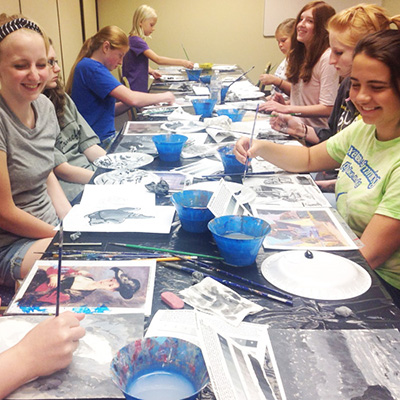 Think outside the box, I say. Developing your child’s (or your) art skills by enrolling in a serious art curriculum or class pays dividends well beyond the artwork. Much of our lives are about efficiency and order, purpose and priorities, all of which are good. However, God has given us a world of beauty that makes life, well, beautiful. Too often, in our culture, we deem the value of things by their practicality. Is art practical? I don’t think it’s listed in an engineer’s black book. But it’s necessary. Don’t think so? Imagine a world without beauty. Look in any store and you’ll find beauty drives sales more than efficiency or practicality!
Think outside the box, I say. Developing your child’s (or your) art skills by enrolling in a serious art curriculum or class pays dividends well beyond the artwork. Much of our lives are about efficiency and order, purpose and priorities, all of which are good. However, God has given us a world of beauty that makes life, well, beautiful. Too often, in our culture, we deem the value of things by their practicality. Is art practical? I don’t think it’s listed in an engineer’s black book. But it’s necessary. Don’t think so? Imagine a world without beauty. Look in any store and you’ll find beauty drives sales more than efficiency or practicality!
Okay- I haven’t even cited any studies that claim that art increase students’ academic skills, and I don’t think I need to. My adult students give one reason for taking up painting: they enjoy it. We adults know all too well the thoughts that come by reflecting on our lives, what was important, what wasn’t, and all too often we’ve let the important give way to the urgent. If adults, retrospective in their wisdom, consider serious art worth their time, certainly it behooves us to implement art into our children’s lives, both in appreciation (art history) and application. I do think that if you consider the benefits I listed above that you’ll agree they can enhance other areas of life and learning. I mean, look at Leonardo da Vinci- we all know he wouldn’t have invented anything had he not spent time at his easel!
See you at my next workshop!
Tim



